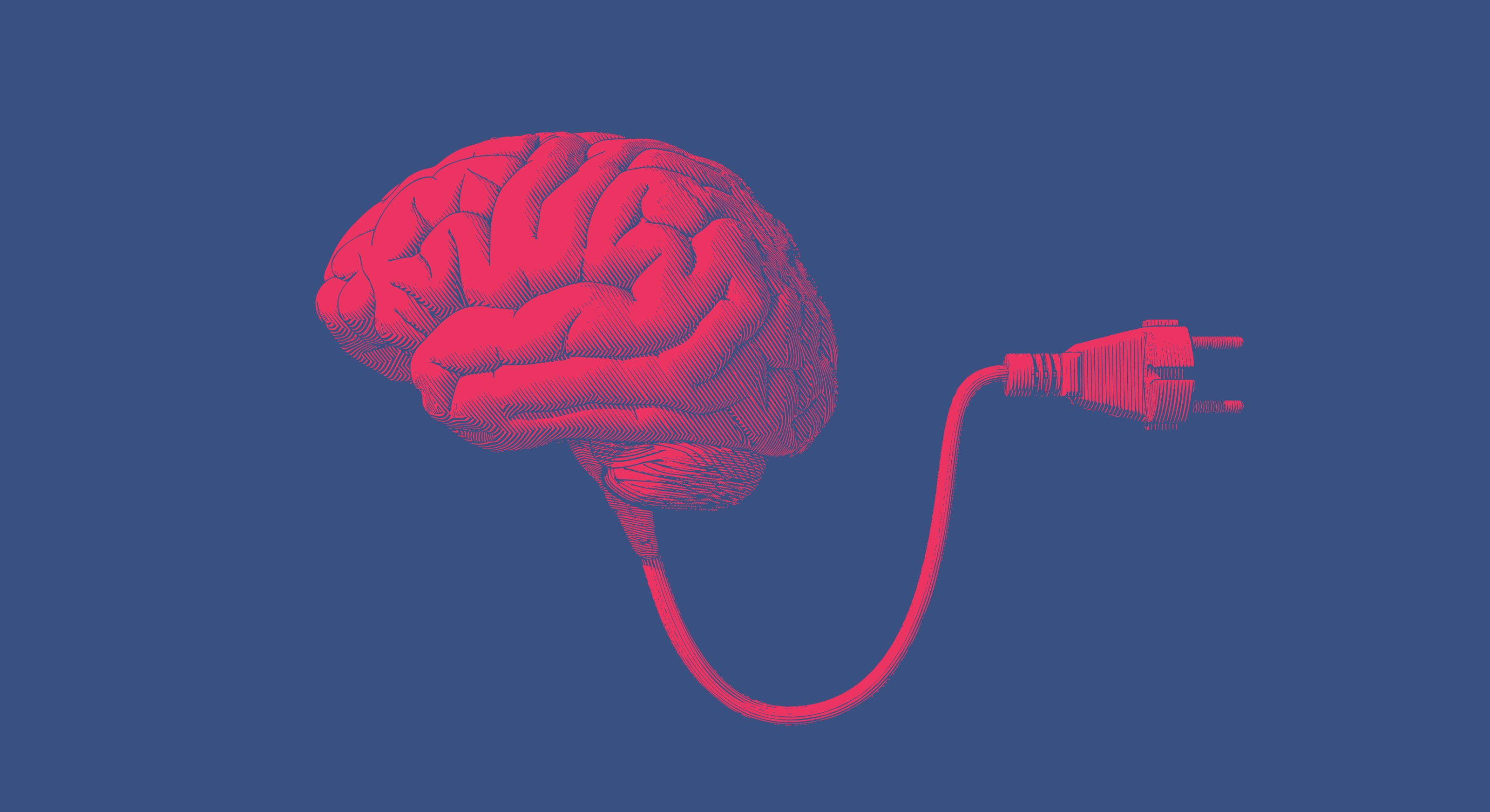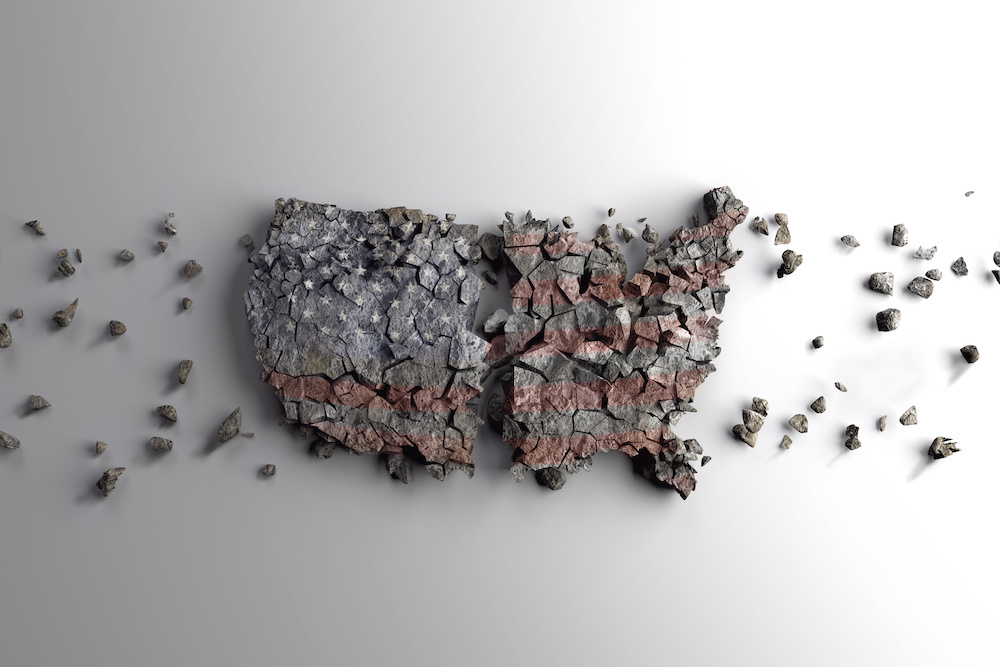Do We Really Live In Dangerous Times, or Does It Just Feel That Way?

There’s a dark & a troubled side of life
There’s a bright, there’s a sunny side, too
Tho’ we meet with the darkness and strife
The sunny side we also may view.
(The opening verse of a classic country song)
It is popular among pundits and intellectuals to pontificate that people are irrational to call these the Worst of Times, the scariest, most violent, threatened days humans have ever faced. The thought leaders who raise this criticism cite a host of metrics showing that we are generally better off than we’ve ever been, and that in many ways we live in the Best of Times. So who’s right, the Chicken Littles who worry that the Sky is Falling or the June Carter fans who would have us Keep On The Sunny Side of Life?
The answer is…it doesn’t matter, because that’s the wrong question. The more relevant question is, why do so many people who are indeed living longer, healthier, safer lives deny the sunny numbers and still see a sky full of storm clouds? The answer to that question matters more, because a world that feels scary is scary to people who see things that way, and those perceptions, far more than the numbers alone, compel the choices we make, how we act, and how we treat each other.
The latest entry in the “No, The Sky is NOT Falling” literature is The World Is Not Falling Apart an essay in Slate by Andrew Mack and Steven Pinker. I am a huge fan and casual acquaintance of Professor Pinker, who honored me with a blurb recommending my book about the psychology of risk perception. That’s relevant, because the psychology of how we perceive and respond to potential danger explains why the case Mack and Pinker make, that the world is less violent than many people assume, fails to reassure, despite the persuasive statistics they cite. People’s fears and worries, and their behaviors, are the product not of the facts alone, but how we feel about those facts.
So why do so many people see the dark and troubled side of things, when Mack/Pinker’s sunny statistics show that war and genocide and murder and rape and child assault are going down. Well, first of all, statistics about violence are only part of the story. The sky is hardly cloud free. We face the existential threat of climate change and all the other harms humans are doing to the biosphere on which we depend. Fundamentalist religious terrorism is spreading. Old diseases are outwitting our antibiotics. The next new global pandemic disease is a matter of when, not if.
But the question here isn’t whether the glass of our modern existence is half empty or half full. The question that matters more is why so many people only seem to see the empty part, and what that worry does to the choices we make and how we live our lives. Mack and Pinker blame our irrational worries on the news media and their constant dramatic alarms about the latest threat du jour. This is true, to a degree. The study of human cognition has found that we overestimate the likelihood of whatever is on the radar screen of our consciousness, and the radar screen in the modern 24/7 media world is full of blips about the latest possibility that the sky may be falling.
But blaming the media is simplistic and insufficient. The broader explanation for our excessive fears is the inherently subjective, emotional, instinctive nature of risk perception itself. Mack and Pinker ask us to reason, to consider the facts and judge things rationally, analytically, objectively; as they put it, “the only sound way to appraise the state of the world is to count.” Appealing as that may be intellectually, realistically it’s nonsense. No one should know better than Professor of Psychology Pinker that careful conscious rational calculation is not principally what our brains do.
Our perception of the world is a blend of facts and feelings, the product of the partial information we have, interpreted through the filters of instincts and emotions and personal life experiences and circumstances to produce our final affective view of that information. This blending occurs subconsciously, without our awareness or our purposeful control. As Scottish Philosopher David Hume wrote”
Reason is, and ought only to be the slave of the passions, and can never pretend to any other office than to serve and obey them.
Or as sociologist Jonathan Haidt put it,
the emotional tail wags the rational dog.
And in no domain is that more true than the realm of risk, where a host of psychological factors cause some risks to loom larger than they are.
For example, the less control we feel we have, the more worried we are likely to be. The lack of control over their own lives that hundreds of millions of people around the world feel, largely because they see themselves falling behind economically, is surely making the world seem a darker and more threatening place.
We worry more about risks to ourselves than risks to others, and we worry more about risks that are immediate than about how risky things were in the past or how dangerous they might be in the future. The general trend may be that wars and murders and genocides are decreasing, but those global third person abstractions-over-time have less emotional valence than the media generated awareness of threats that are local and current and personal. And even reassuring numbers about current and personal threats don’t rationally dispel our fears. A risk that’s only one in a million still feels scary if you think you could be the one.
Then there is loss aversion, the instinct that causes us to overweight the downside of any choice or judgment, to place more emotional emphasis on danger than the odds suggest, to worry about many things more than the facts alone say we need to. We instinctively see the dark and troubled side of things more than the sunny side. Excessive precaution may not seem rational, but it sure helps us survive.
Finally, there is hard evidence from neuroscience that the emotional tail wags the rational dog as a result of the innate architecture, wiring and chemistry of the brain itself. The way the brain is physically laid out insures that emotion and instinct have the upper hand over the cold hard reason in which Mack and Pinker’s place their faith. As Ambrose Bierce wrote in the Devil’s Dictionary (paraphrasing);
Brain, n.,The organ with which we think we think.
Given all the evidence about the inescapably subjective nature of human cognition, it is naïve to suggest that “the only sound way to appraise the state of the world is to count”. In fact, such rationalist faith in reason is preachy, bordering on intellectually arrogant, suggesting as it does that seeing things any other way is unsound. Worse, it’s dangerous, because it places too much faith in human reason as THE solution to our problems and challenges, which simply will not be solved with ‘counting’ alone.
Yes, our choices and behaviors, as individuals and as societies, must consider the facts as thoroughly and objectively as possible. Of course we need to fight back with reason against an instinctive and emotional risk perception system that causes us to worry about some threats more than we need to, and not to worry about some threats as much as we should. We need to recognize the risk of what I call The Risk Perception Gap, when our fears don’t match the facts, leading to all sorts of additional risks all by itself.
But the kind of faith in reason and objective rationality that Mack and Pinker call for when they suggest that “an evidence-based mindset on the state of the world…might …dispel foreboding and embody, again, the hope of the world.” is overly optimistic and dangerous. Faith that we can overcome our instincts and emotions with reason traps us into believing that with a little more careful thinking we can SOLVE all the problems of the Risk Perception Gap caused when our emotions color how we see the facts. WE CAN’T.
The precautionary instinct to see some threats as greater than they are is a deep part of human cognition. It helps us survive. Yes, as Mack and Pinker note, the misperception that the world is a darker and more troubled place than it is also causes profound problems. But thinking we can outsmart this deep instinct and thus eliminate those problems keeps us from managing those challenges and looking for ways to mitigate their harms. Realistically, that’s probably the best we can do, and it would be the most rational way to apply our intelligence to the task of making the world a safer healthier place.





